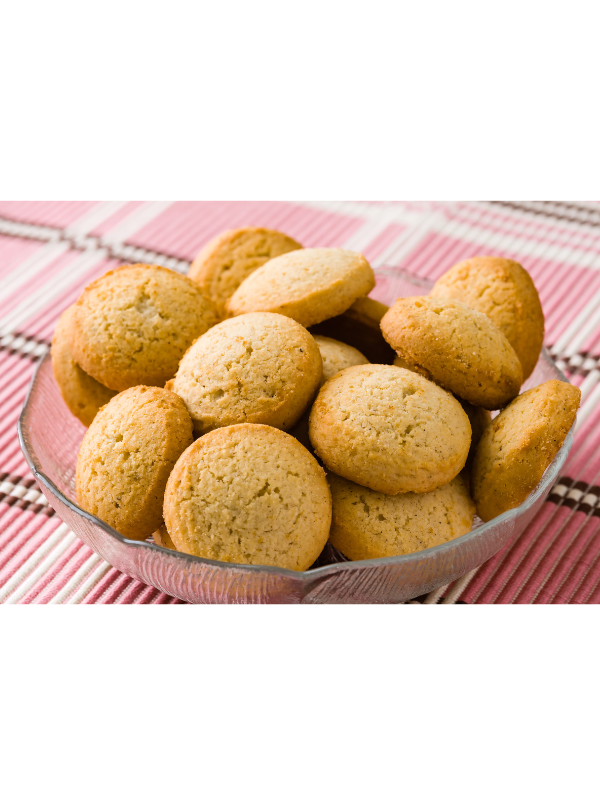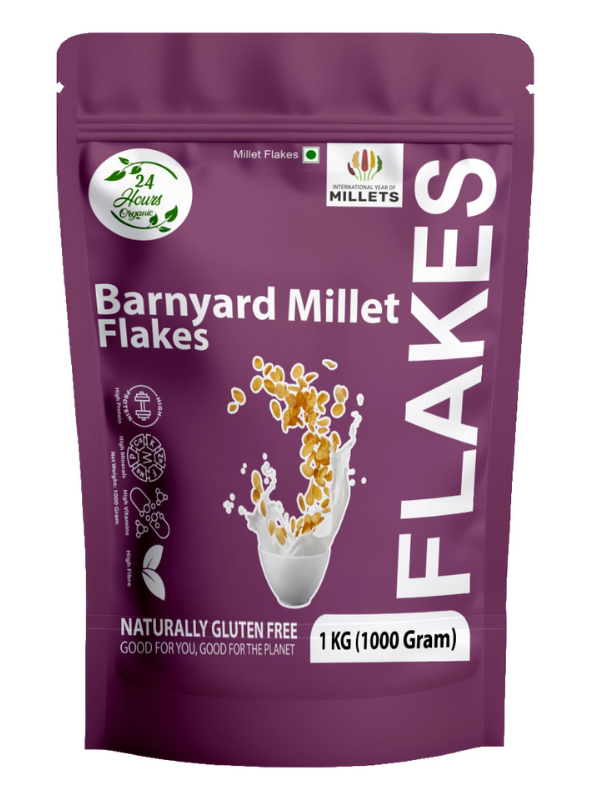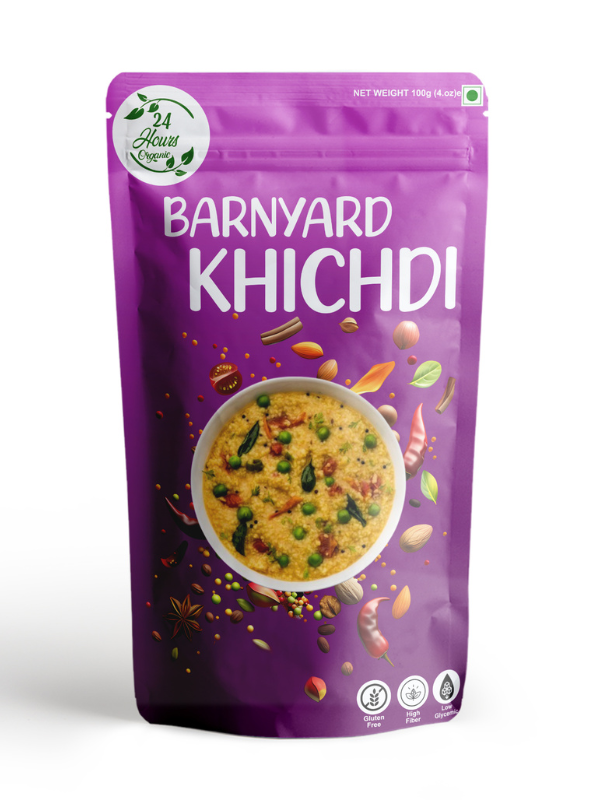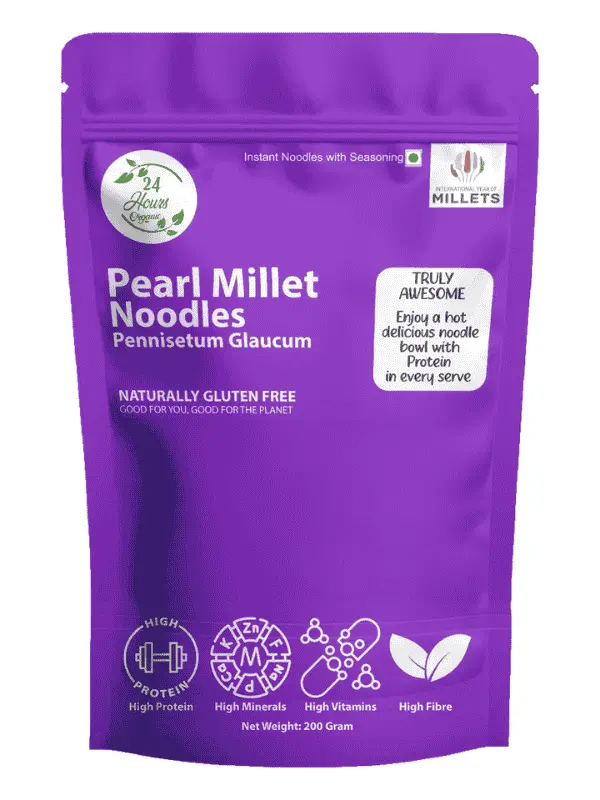Can Thyroid Patients Eat Millets?
Thyroid disorders have become increasingly common, especially among women. Many people are switching to traditional grains like millets for weight control and better nutrition. But the big question is — can thyroid patients eat millets safely? This guide empowers you with the knowledge of which millets are beneficial, which need moderation, and how to include them correctly.
Compassionate Thyroid Disorders
The thyroid gland controls metabolism, energy levels, and body growth. When it doesn’t function properly, two primary conditions occur:
- Hypothyroidism – underactive thyroid, leading to weight gain, tiredness, and cold intolerance
- Hyperthyroidism – overactive thyroid, causing weight loss, anxiety, fast heartbeat
Signs of Thyroid Imbalance
Common signs include:
- Sudden weight changes
- Hair fall and dry skin
- Mood swings
- Irregular periods
- Fatigue and low energy
A balanced diet rich in iodine, selenium, zinc, and protein plays a crucial role in thyroid management.
Are Millets Good for Thyroid Patients?
Yes, millets are nutrient-rich and gluten-free.
They support:
- Better digestion
- Blood sugar control
- Weight management
- Long-lasting energy due to complex carbs
However, choosing the right millet and proper cooking is essential for thyroid-friendly meals.
Goitrogens in Millets – Should You Worry?
Some millets contain goitrogens, natural compounds that may interfere with iodine absorption if eaten in excess. This is more concerning for people with hypothyroidism.
But the good news:
- Soaking, fermenting, and cooking millets reduce goitrogen levels
- Eating iodine-rich foods balances the effect
So, moderation matters more than avoidance.
Best Millets for Thyroid Patients
These millets are gentle on thyroid function and offer great nutritional value:
Foxtail Millet
Supports weight control and steady blood sugar levels.
Barnyard Millet
High in protein and minerals; ideal for digestion and metabolism.
Little Millet
Rich in antioxidants and helpful for heart health and cholesterol.
Kodo Millet
Anti-inflammatory and good for gut health, which indirectly supports thyroid function.
Millets Thyroid Patients Should Consume in Moderation
These have slightly higher goitrogenic properties:
Pearl Millet (Bajra)
Nutritious, but should not be eaten in large quantities daily.
Finger Millet (Ragi)
- High calcium, but better when rotated with other millets.
- Rotation ensures no single millet overwhelms thyroid function.
How Much Millet Should a Thyroid Patient Eat Daily?
Balanced consumption guide:
- 2–3 servings per week is ideal
- Avoid relying on a single millet daily
- Combine with other whole grains, vegetables & protein sources
If you are on medication, follow your dietitian’s portion guidance.
Best Ways to Cook Millets for Thyroid Health
- Soak 6–8 hours before cooking
- Fully cook avoid raw or sprouted forms
- Include in porridge, khichdi, dosas, upma, rotis
Cooking methods that require boiling or steaming are best.
Foods to Include with Millets for Better Thyroid Support
Pairing with nutrient-rich ingredients enhances thyroid function:
- Iodine-rich foods: iodised salt, eggs
- Selenium: nuts, fish, sunflower seeds
- Zinc: legumes, pumpkin seeds
- Vitamin B12 & D: dairy, sunlight exposure
This ensures balanced hormone production.
Should Thyroid Patients Avoid Gluten?
- Many hypothyroid patients, especially with Hashimoto’s disease, are gluten-sensitive.
- Millets are a great gluten-free alternative, helping reduce inflammation and bloating.
Conclusion
So, can thyroid patients eat millets?
Absolutely when chosen wisely and cooked correctly.
To summarise:
- Prefer Foxtail, Barnyard, Little & Kodo millets
- Eat Pearl Millet & Ragi in moderation
- Ensure variety, proper cooking, and balanced nutrition
- Continue doctor-recommended medication and checkups
Millets can be a powerful addition to a thyroid-friendly lifestyle when enjoyed mindfully.
Frequently Asked Questions
Can thyroid patients eat millets daily?
Yes, thyroid patients can include millets in their diet, but it’s advisable not to consume the same millet every day. This is because rotating millets and consuming 2–3 servings per week helps maintain nutritional balance and prevents excessive goitrogen intake.
Which millet is best for hypothyroidism?
Foxtail Millet, Little Millet, Kodo Millet, and Barnyard Millet are considered more suitable for hypothyroidism as they not only support digestion and weight control but also metabolism without heavily affecting iodine absorption. This means that by incorporating these millets into your diet, you can potentially manage your weight and digestive issues associated with hypothyroidism.
Is pearl millet (bajra) suitable for thyroid patients?
While pearl millet (bajra) is nutritious, it’s higher in goitrogens. Therefore, hypothyroid patients can enjoy it occasionally and in moderation, especially in the winter season, but it’s not recommended as a primary daily grain.
Are millets gluten-free? Can they help thyroid issues?
Yes, all millets are naturally gluten-free, making them beneficial for those with autoimmune thyroid issues like Hashimoto’s, where gluten intolerance is common.
How should millets be prepared for thyroid patients?
It’s important to soak millets for 6–8 hours before cooking and always eat them fully cooked. This proper preparation is crucial as it reduces goitrogens and enhances nutrient absorption, making millets safer for thyroid patients.
















